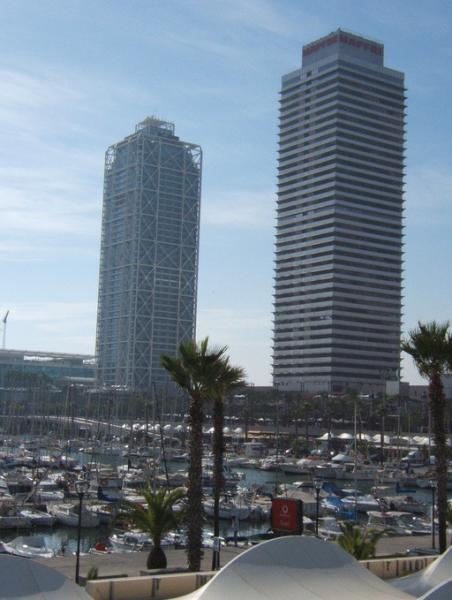- Read offline
- Access all content
- Use the in-app Map to find sites, and add custom locations (your hotel...)
- Build a list of your own favourites
- Search the contents with full-text search functionality
- ... and more!
Vila Olímpica
A suburb in the city

Until the late 1980s, the dreary sprawl of Poblenou, one of the cradles of Barcelona’s industrial revolution, filled the seafront between Barceloneta and the river Besós. Even if you could find your way to a beach through the derelict factories, train tracks and warehouses, the water stank. The whole area had a reputation as savoury as toe jam.
The need to house 15,000 athletes for the 1992 Olympics prompted the creation of Nove Icaria Ltd in 1986, which undertook Barcelona’s biggest urban-renewal project of the 20th century. Coastal train tracks were moved inland; 500 acres of Poblenou were expropriated to create the Parc de Mar, and sand was found to open up 5km of new public beaches, and the Vila Olímpica was created — a district as rigidly planned as Prosper van Verboom's Barceloneta, but in many ways its total antithesis.
Image by Francesc_2000

